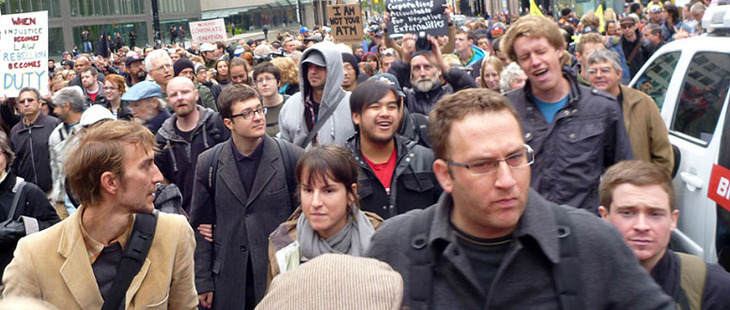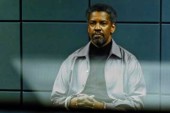
(Photo: Martin Reis for Toronto Media Co-op) On October 25, 1996, the streetcars and buses didn’t run, workplaces stayed closed, the schools sat empty and civil servants walked off the job. Jim Curran reported on CBC Radio that with so many people staying away from work the traffic was remarkably light. It was the beginning of the largest protest in the history of this province. Six years earlier the province’s electorate had done the unthinkable. Despite entering the electoral campaign trailing badly in the polls, Bob Rae’s Ontario NDP leapfrogged the Liberals and formed a majority provincial government. Promising light social-democratic fare, unions and progressives were optimistic that after years of retreat (the era of Thatcher, Regan and Mulroney had not been good for the Left) they could work and work well with this new government. It came to naught. Hit with a massive recession, the government’s coffers emptied quickly and Rae, it turned out, had no stomach for raising revenues at the expense of business. The unions and New Democrats broke up, and the provincial party lost much of its institutional, on-the-ground support. The main benefactor was Mike Harris. A populist, arch-conservative, his “Common Sense Revolution” won over voters, including some disenchanted ex-NDP supporters. When elected he confronted the fiscal crisis of the state with a sledgehammer. Cutting the “gravy” from the provincial government, he massively rolled back social services, cut social assistance rates, and made war with the province’s unions–he made it harder to form a union and legal to employ scabs. All the while he made schools more regimented (principals were equipped with all sorts of new powers to discipline students), gave teachers less freedom in the classroom, and sold off public services. Thrown together, the subjects of Harris’ attacks made common cause. Between 1995 and 1998 progressives and unionists staged one to two day strikes in cities across Ontario. In total there were 11. The first was in London, but the biggest was Toronto. Which brings us back to October 25. Hoping to demonstrate that there was widespread opposition to the Harris agenda and, perhaps more importantly, that Ontarians had political power beyond the ballot box, the unions and activists tried to shut the city down. And they sort of did. It’s hard to estimate the economic impact of closing a city for two days but it surely gave Harris some pause. Indeed, the success of the protest undermined some of its strategies. According to one organizer, “Our plan was to stretch cars across the freeways and just drive at a slow rate, causing traffic congestion. So we had people get up at 5 o’clock in the morning to set up those barriers. But on that day, everybody decided to stay home, because the subway was going to close down, and people presumed there would be major havoc on the roads, so when we got there in the morning the highways were deserted. Our cars travelling at a slow speed got pulled over by the police. Toronto was a ghost town, nobody came that day.” It was the 26th, however, that proved the more exciting day. Estimates vary, but as many as 250,000 people descended on Queen’s Park. It was a demonstration of strength almost unprecedented in this country. The discord, however, that would eventually tear the movement apart began to show. The militancy of some protesters exceeded that of the leadership. Throughout the day chants of “Shut the Province Down” could be heard. Many of the leaders balked. A province-wide general strike! The thought was too much to countenance: the thought of upsetting the entire apple cart too foreign. The radicals labored under another assumption: that it would take a serious show of force to undermine Harris and force him to abandon his agenda. They failed, and it’s hard too tell how close they might’ve otherwise come. It is yet unclear what will become of Occupy Wall Street and it’s Toronto counterpart. Our local contingent, however, can be heartened to know that not so long ago hundreds of thousands became sufficiently motivated to speak up en masse. Who knows whether it can happen again. __ Simon Wallace writes our Standard Historical Society column each week.














